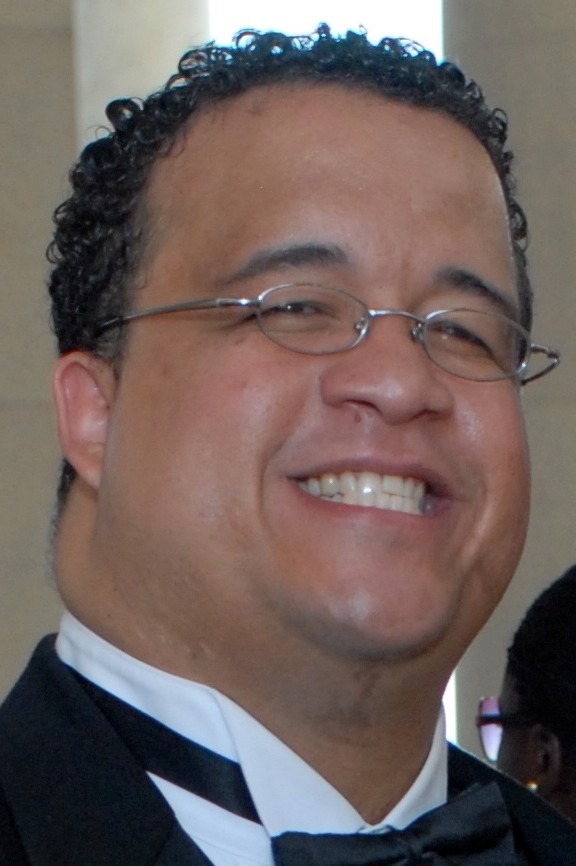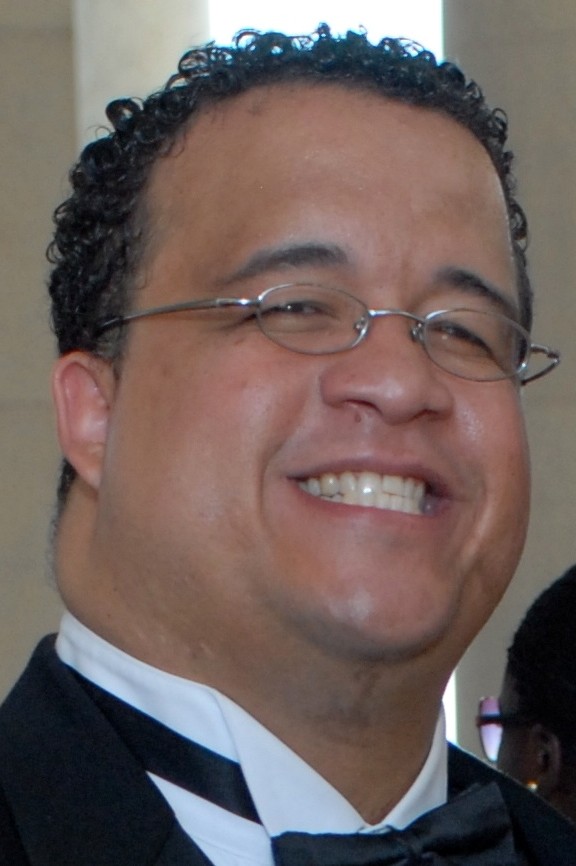
Transforming an Organization
 Post by Jonathan Palmer, Executive Director, Halle Q. Brown Community Center
Post by Jonathan Palmer, Executive Director, Halle Q. Brown Community Center
One of my favorite quotes is by Indira Gandhi, who said her grandfather told her there were two kinds of people in this world: those who do the work and those who take the credit. He told her to be in the first group because there was less competition.
Words to live by in my opinion.
When you run a nonprofit organization, the “do the work” part goes without saying. And if you love the work, if it is a mission and a calling rather than just a paycheck, the credit is the last thing you’re concerned about. Meeting your goals and improving the quality of life of the people you serve are what drives you and keeps you moving down the long roads that will ever be your path.
What Works
Anyone who has done more than five minutes in leadership will have a philosophy on the best method or process. But there’s a difference between what works and what works for you. There’s no magic bullet, no “one size fits all” but there are ideas: listening to them, trying them on like hats and checking the mirror is the best way to find what works for you.
The key to good leadership and management is really to remember both where you came from and putting yourself in the shoes of those who work for you. Ask yourself what would you look for in a position as well as the support and direction you would need. This is the path to follow.
Be straightforward, honest, direct and follow through; essentially, say what you mean and mean what you say. How you do things is just as important as what you do.
Hallie Q. Brown
When I took over Hallie, we were going through a significant challenge: lack of organizational structure and policies, absent strategic direction, people in positions for which they were underqualified and low expectations for all and everything. The organization needed an overhaul, particularly in the area of personnel.
We had an HR consultant develop job descriptions, after which I held a meeting to give everyone the closest thing to what they did. I then gave them the weekend to think about whether they fit the description. If they felt it did, they would have to reapply for their position; however, everyone on staff reapplying would automatically advance to the final round in recognition of their incumbency.
If hired, they would be trained and paid a fair wage, but they would also be expected to do their job and be accountable for it. Prior to this, I had taken the first two months and observed everyone doing their job so that, subsequent to giving them the job description, I could meet with them individually to discuss their desire to stay or go as well as share share my observations of their performance.
Of the 15 people working there when I started, two remain on staff.
Fot those who decided to leave the organization, either at that initial meeting or anytime since, I committed to helping them transition amicably, and find another job if they chose. I have maintained this commitment to this day, although only a third of the people leaving the organization have taken this assistance. The reason for this method is twofold:
1. A strong belief that it’s right and appropriate to help people find where they need to be.
2. If someone is miserable doing the work, they are going do poorly at their job and potentially impact the organization or other staff negatively, I would rather help someone find something they like to do and transition smoothly out of the organization then have them stay on and negatively impact the organization.
Fostering Team
The other main core is fostering a true team atmosphere. We will not succeed unless all of us are succeeding, which means that regardless of the area, when one of us needs help, we all pitch in. I instill in the people I work with that no one person is more important than another and that we don’t stand on ceremony—when anyone needs help, we give it. I have plunged toilets and made my own copies because both needed to be done. My responsibility and that of all of my staff is the entire Center, so we jump in when necessary and work until the job is done.
Most importantly, though, is to find good people whom you can count on and delegate to. Every person I have on staff is committed to the organization and cares more about our mission than what day is payday. These are the ones who will help carry the load; make certain they are capable, and if so, give them the space they need to do their job and do it well. Challenge them to do more, but don’t micromanage or abandon them. Avoid the extremes, give them the help and space they need to grow and learn.
Have Fun
The last factor is to have fun. Make certain that time is carved out for you personally and for your staff professionally. Have staff outings or contests to keep the goals interesting and let people get to know one another on different levels. The more invested you all are in each other, the more the team will pull together when needed. We host everything from baking to Halloween costume contests, with top prize usually being time off with pay. It makes a huge difference.
I love what I do, but more importantly I love how I do it and who I do it with. I can put in the 60-80 hour week because I cannot imagine life without this work and because the people who need our services are depending on us, and that makes all the difference.
Jonathan Palmer is currently the Executive Director for Hallie Q. Brown Community Center. Prior to coming to HQB, Jonathan served as the Director of the Minneapolis Empowerment Zone (EZ) and was the Executive Director of the Jordan Area Community Council (JACC), the citizen participation and Neighborhood Revitalization Program (NRP) contract organization for the Jordan Neighborhood. A native of the Washington D.C. Metro area, Jonathan first moved to Minnesota in 1989.

Words to live by indeed